The Hidden Cybersecurity Risks of Retired IoT Devices
The Hidden Cybersecurity Risks of Retired IoT Devices
The Internet of Things (IoT) has revolutionized the way we live and work. Smart thermostats, cameras, and even refrigerators have made our homes smarter, while IoT innovations in industries like manufacturing and healthcare have driven efficiency and innovation. But what happens when these devices reach the end of their lifecycle? For many businesses, retired IoT devices pose an often-overlooked but serious cybersecurity risk.
By failing to properly retire and destroy sensitive data on IoT devices, businesses leave themselves vulnerable to threats such as data breaches, unauthorized access, and intellectual property theft.
This guide will explore the hidden dangers of retired IoT devices, best practices for secure disposal, and how services such as hard drive destruction services play a crucial role in protecting your business.
Why Retired IoT Devices Pose a Cybersecurity Risk
IoT Devices Store More Data Than You Think
IoT devices aren't just simple machines; they often store a surprising amount of sensitive data. For example:
- Smart cameras retain footage.
- Wearable devices collect health data.
- Smart thermostats and lighting systems store usage history and customer profiles.
When these devices are retired without proper data removal or destruction, all that information becomes accessible to hackers looking for an easy way into your network.
Lack of Standardized Security Protocols
Unlike computers or smartphones, many IoT devices lack robust data protection protocols. This makes it even more critical to ensure these devices are properly decommissioned. Often, companies mistakenly bank on factory resets to remove data—but this process isn’t always thorough.
Devices Often Fly Under the Radar
Because IoT devices are more peripheral to traditional IT equipment, they’re often not included in routine cybersecurity checks. This oversight can lead to risks stacking up over time, especially as more outdated devices accumulate.
The Real-Life Impact of Ignoring Retired IoT Threats
Neglecting proper security measures for retired IoT devices can lead to major consequences. Here are a few real-life scenarios:
- Data Breaches: A smart router from a retired office contained critical information that allowed malicious actors to access sensitive customer data and internal accounts.
- Intellectual Property Theft: IoT manufacturing tools saved proprietary processes that were later extracted by competitors when the devices were improperly sold or discarded.
- Reputation Damage: Mismanagement of old IoT devices reflects poorly on a company’s ability to handle data responsibly, causing lasting brand damage.
Best Practices for Retired IoT Devices
Proper handling of retired IoT devices is essential to protecting your business. These best practices will help you secure your data and minimize risks.
1. Conduct an Inventory Audit
Keep an updated inventory of all IoT devices within your organization, including retired ones. Ensure each device is accounted for during decommissioning.
2. Securely Erase Data
While factory resets may seem sufficient, they’re often incomplete. Use specialized software or follow the manufacturer’s recommended procedures to securely erase all data stored on these devices.
3. Physically Destroy Storage Components
For devices that contain sensitive data, physical destruction is the most reliable solution. DataShredder Corporation provides secure hard drive disposal services, ensuring your devices are thoroughly shredded and all data is permanently destroyed beyond recovery.
4. Partner with Certified Disposal Services
Certified e-waste recycling and destruction services ensure compliance with data privacy laws like GDPR or HIPAA. Disposing of devices responsibly through professionals reduces your liability and helps the environment.
5. Establish an IoT Retirement Policy
Create a detailed policy for handling retired IoT devices that includes secure data removal, destruction, and compliance with disposal regulations. Clear processes prevent gaps and reduce risks.
Hard Drive Destruction Services and IoT Devices
When it comes to securing sensitive data on retired IoT devices, hard drive destruction services are a crucial resource. These services bring expertise and specialized equipment to ensure your data is permanently deleted. For example, DataShredder Corporation, a veteran-operated company based in Framingham, MA, provides professional media destruction services, handling everything from hard drives to old mobile devices.
What Hard Drive Destruction Services Offer
- On-Site or Off-Site Shredding: Choose between secure shredding at your location or at the provider’s secure premises.
- Media Destruction: Extend beyond hard drives to securely shred thumb drives, mobile devices, and backup tapes.
- Compliance Support: Ensure you're meeting regulated data destruction standards, such as NAID certification requirements.
Benefits of Using a Professional Service
- Eliminate the possibility of data recovery.
- Protect your business and employees from potential data leaks.
- Focus your time on growth, while experts manage IoT disposal securely.
Building an IoT Strategy That Includes Retirement
IoT cybersecurity doesn’t end with installation and operation. To truly secure your data and operations, plan for the full lifecycle of your IoT devices, including their retirement.
Here’s a strategic checklist:
- Procurement Agreements: Prioritize vendors with strong data security and device retirement policies.
- Lifecycle Management: Assign IT resources specifically to manage IoT maintenance and decommissioning.
- Data Management: Equip employees with data security best practices for retiring IoT devices.
- Regular Review: IoT policies quarterly to incorporate innovations within cybersecurity.
Protect Your Business with the Right Data Destruction Services
The hidden cybersecurity risks in retired IoT devices can no longer be ignored. Whether it’s protecting customer data, intellectual property, or preventing harmful breaches, your business must adopt secure practices for IoT device retirement.
Need help securely disposing of outdated devices?
Do you have old devices lying around? Don’t wait for them to gather dust. At Data Shredder Corporation in Massachusetts, we understand how crucial it is to destroy sensitive data securely and recycle e-waste.
We're here to offer you the best data destruction, shredding, and electronics recycling services in Massachusetts, ensuring your peace of mind while contributing to the planet's health. We also provide top-notch hardware asset management services.
Your trust is our top priority, and we're dedicated to safeguarding your information with our certified, dependable solutions. Before a security breach even whispers your name, give us a call at(508) 915-7235 or fill out our
contact form.

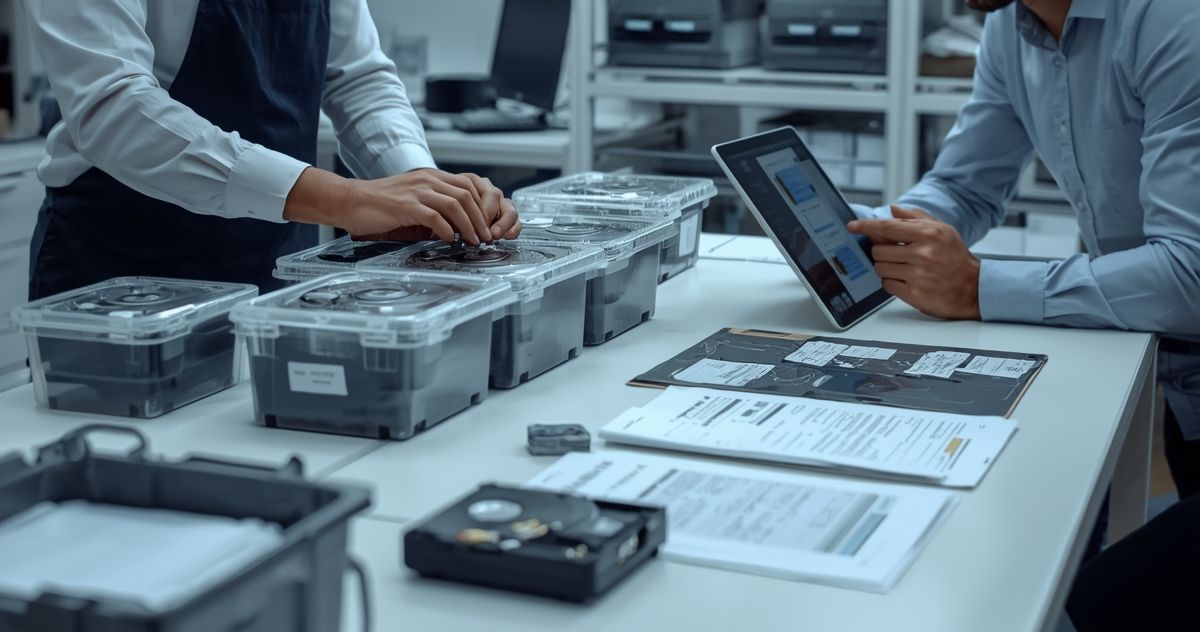

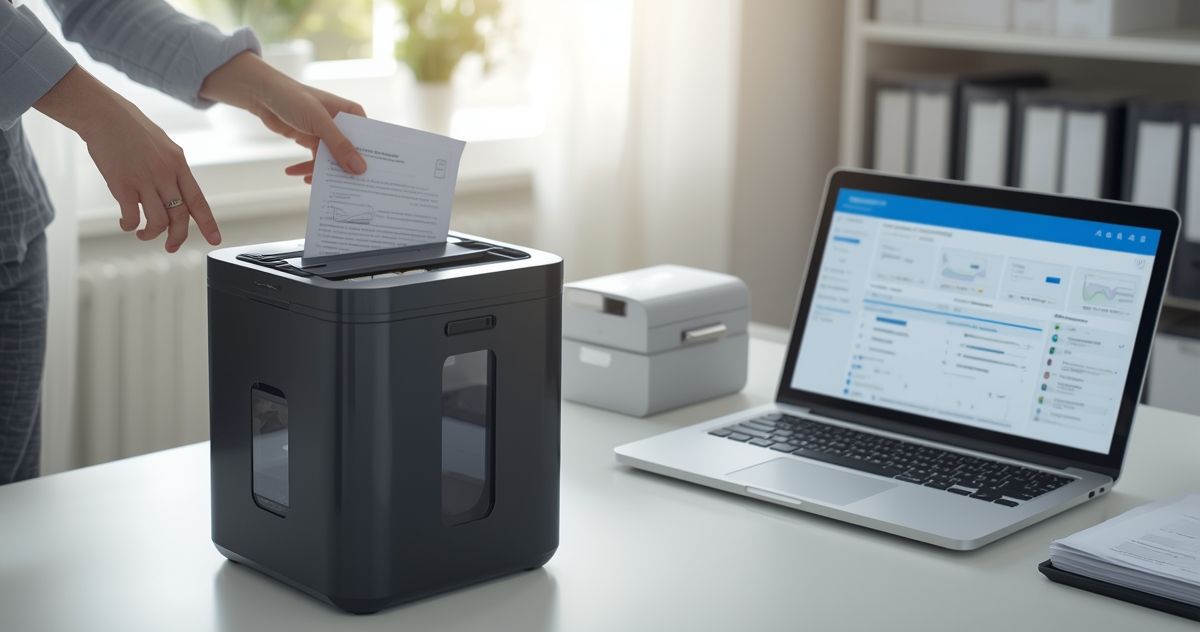
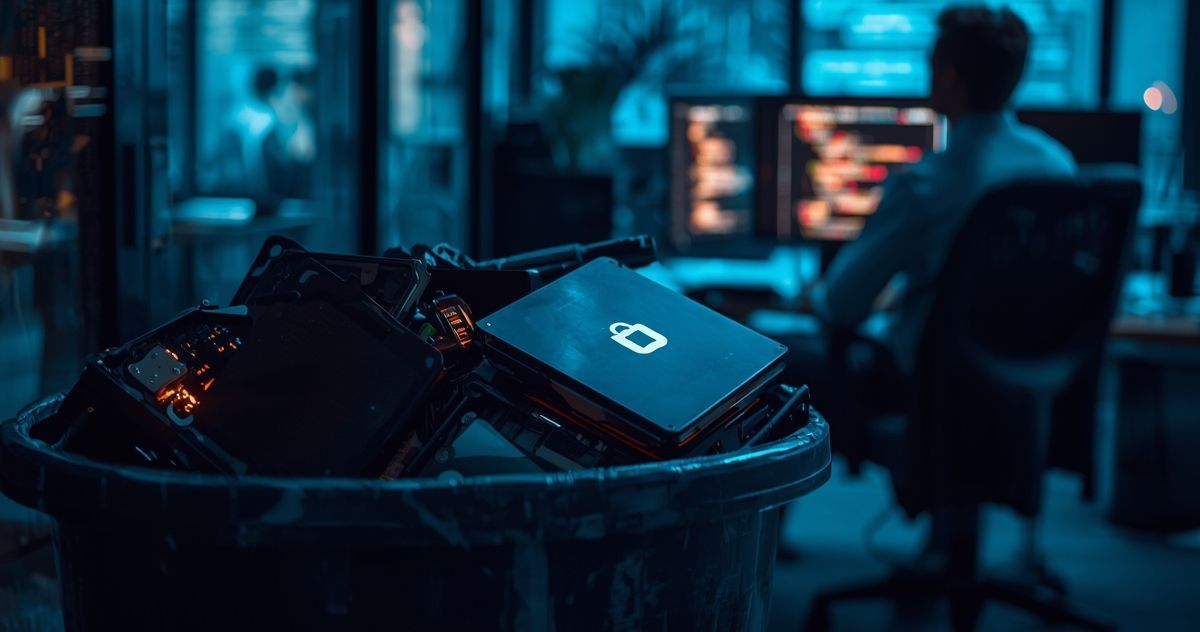
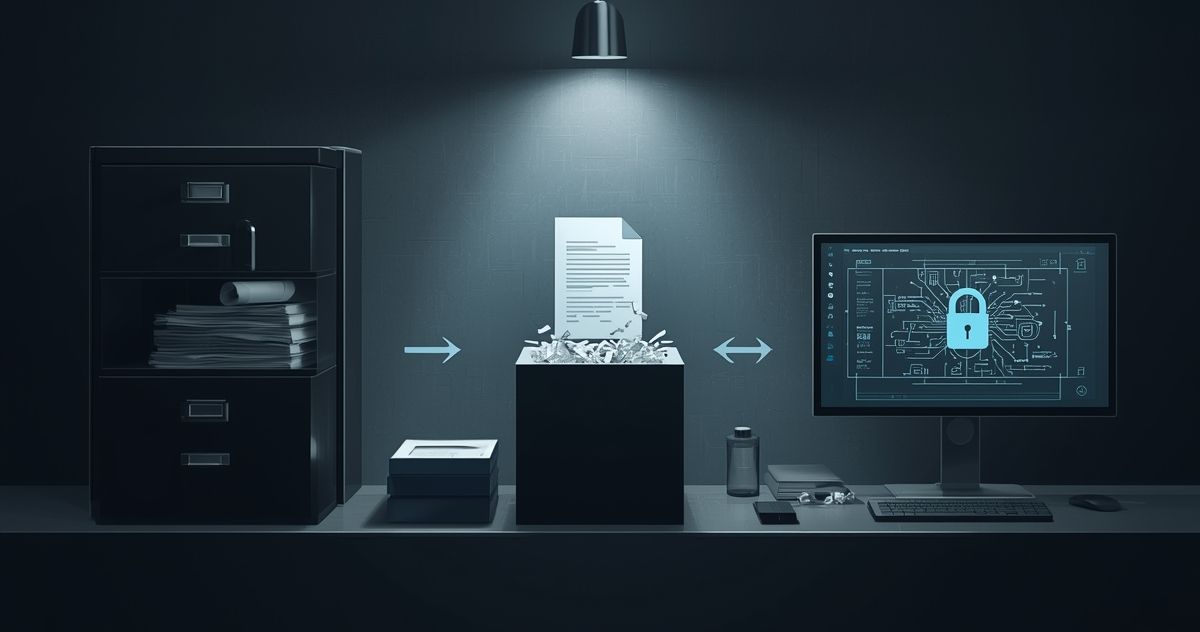

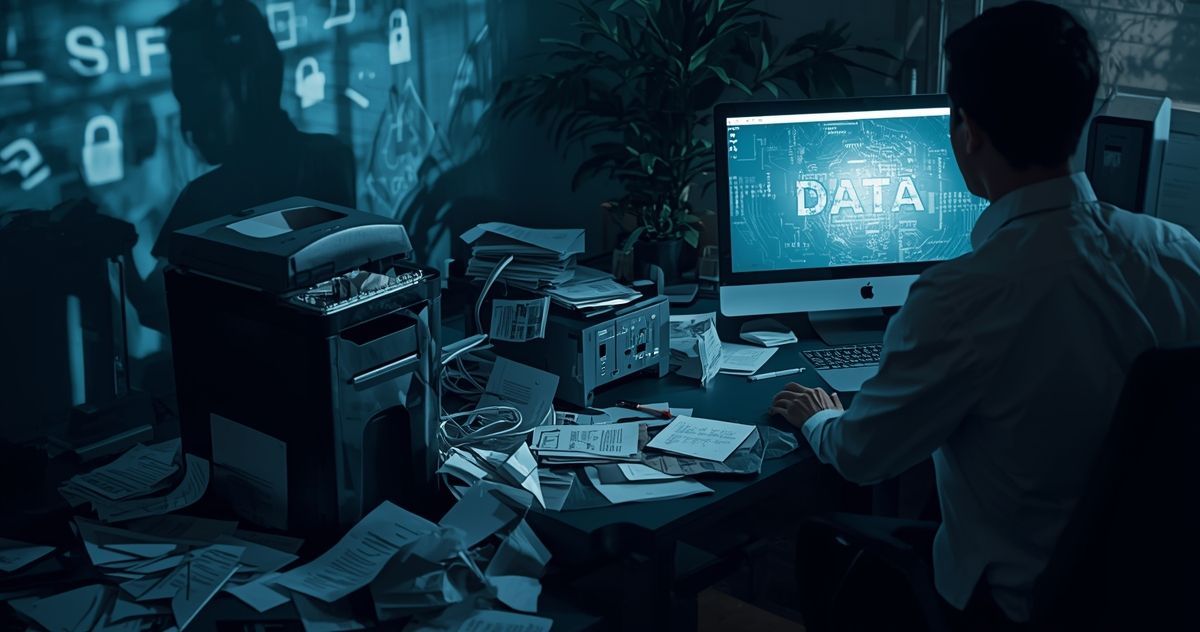

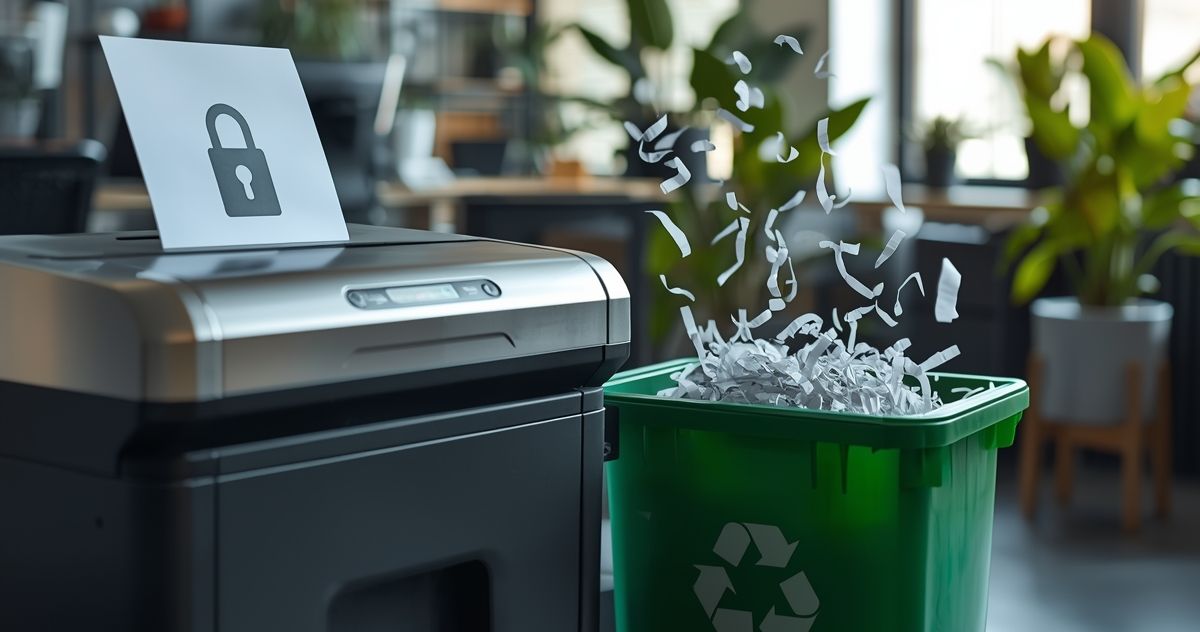

Share On: